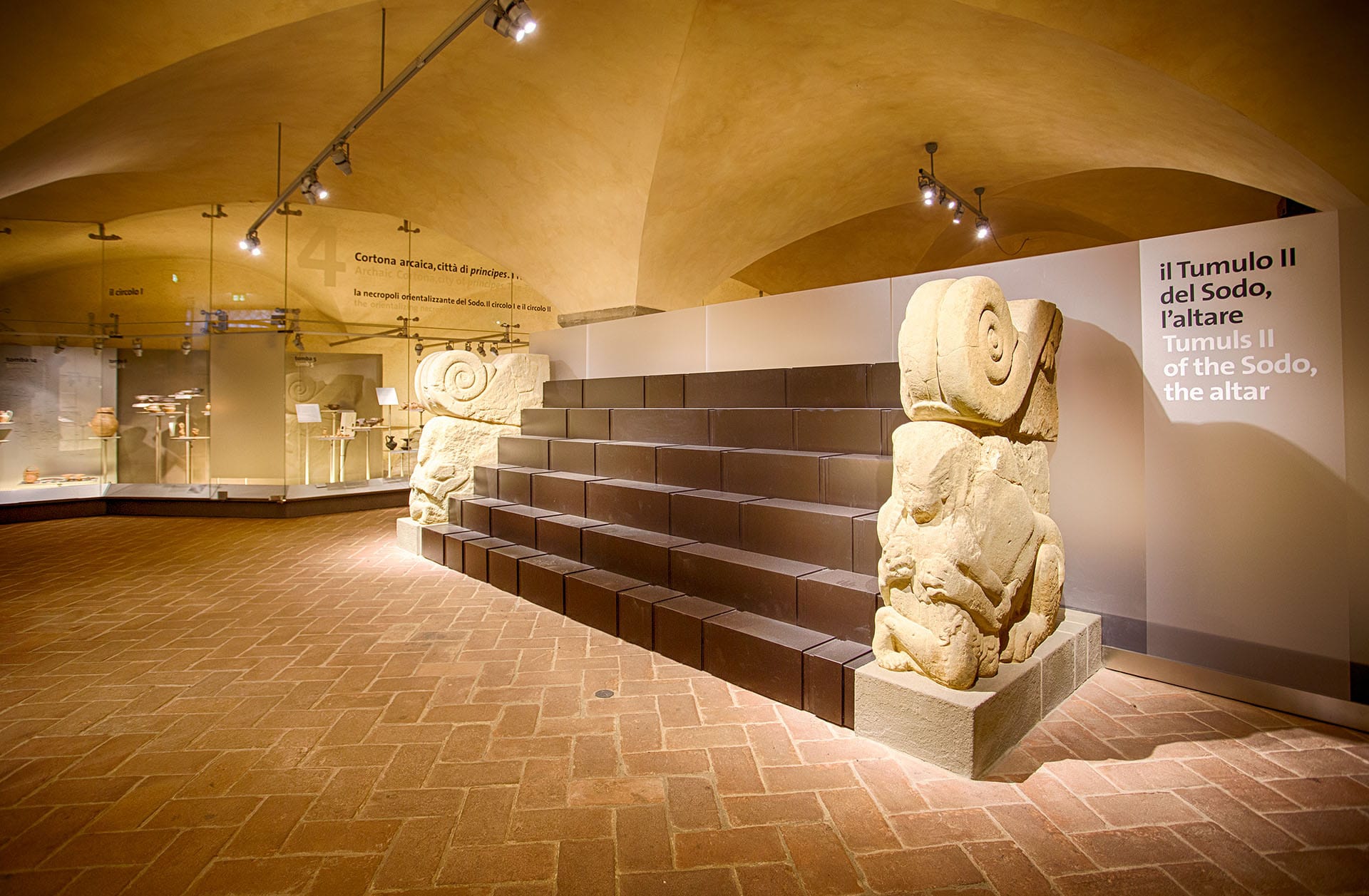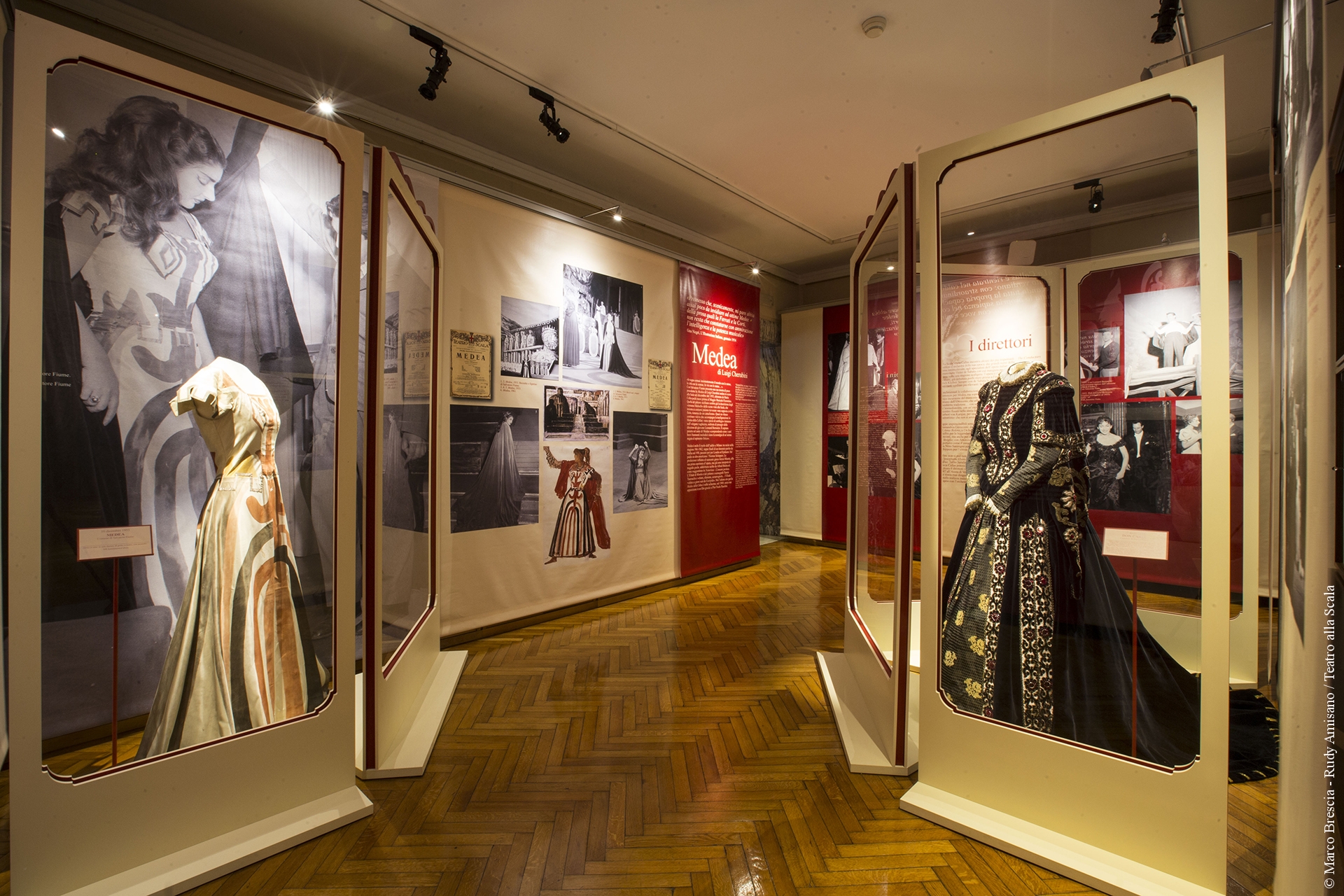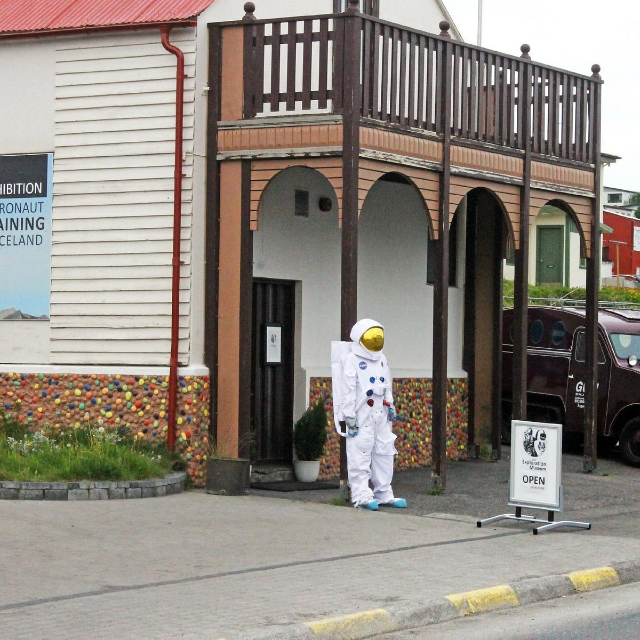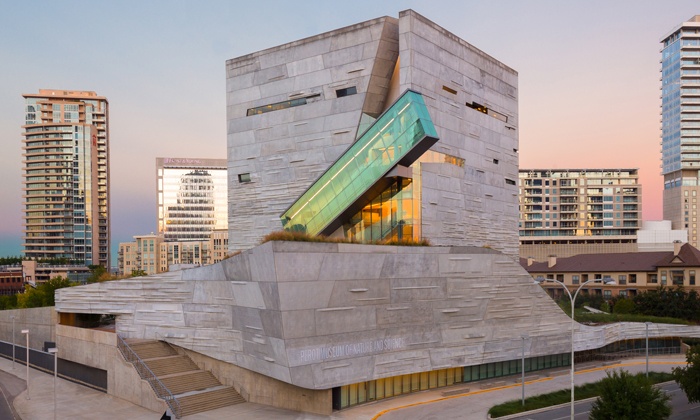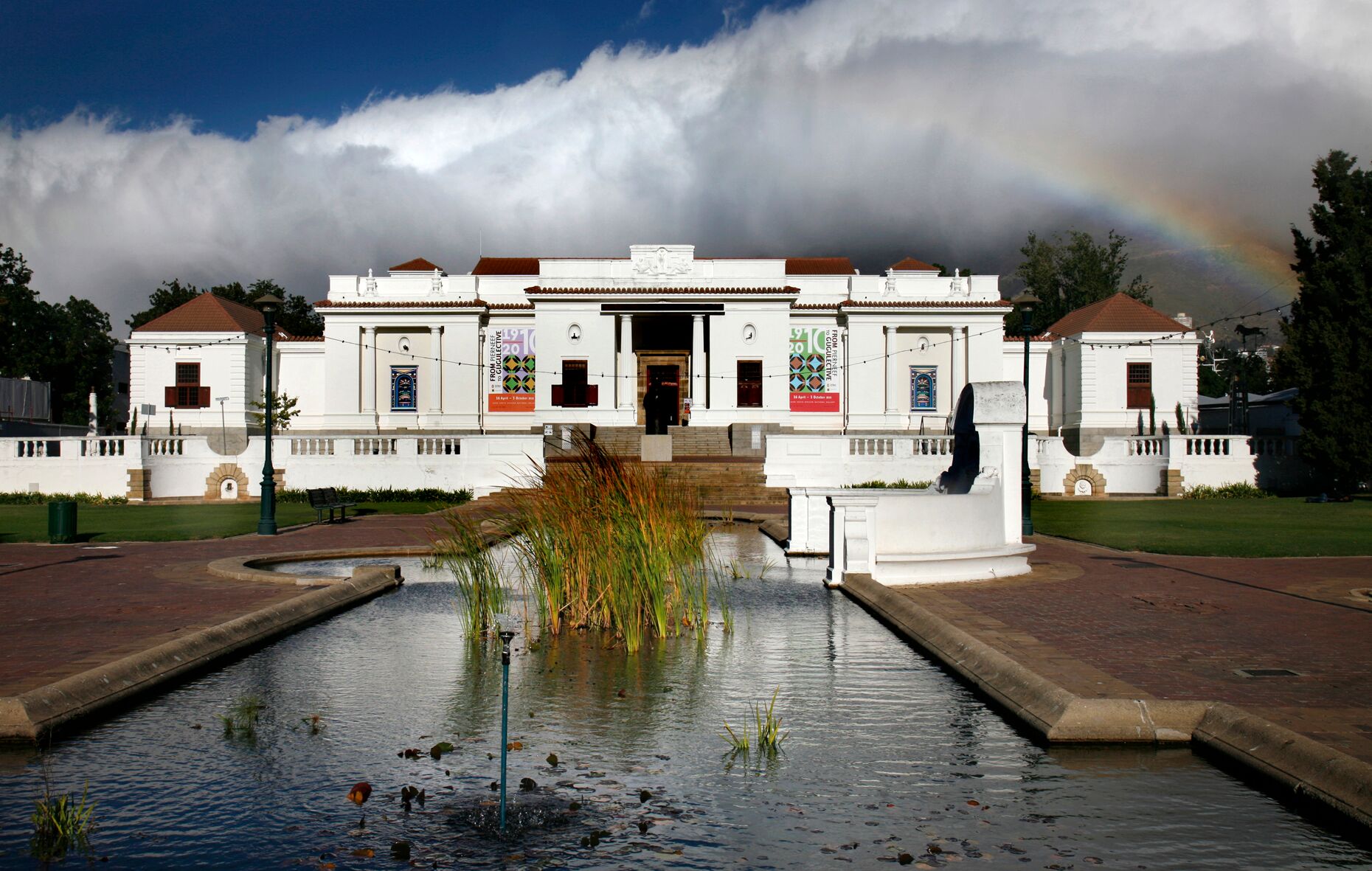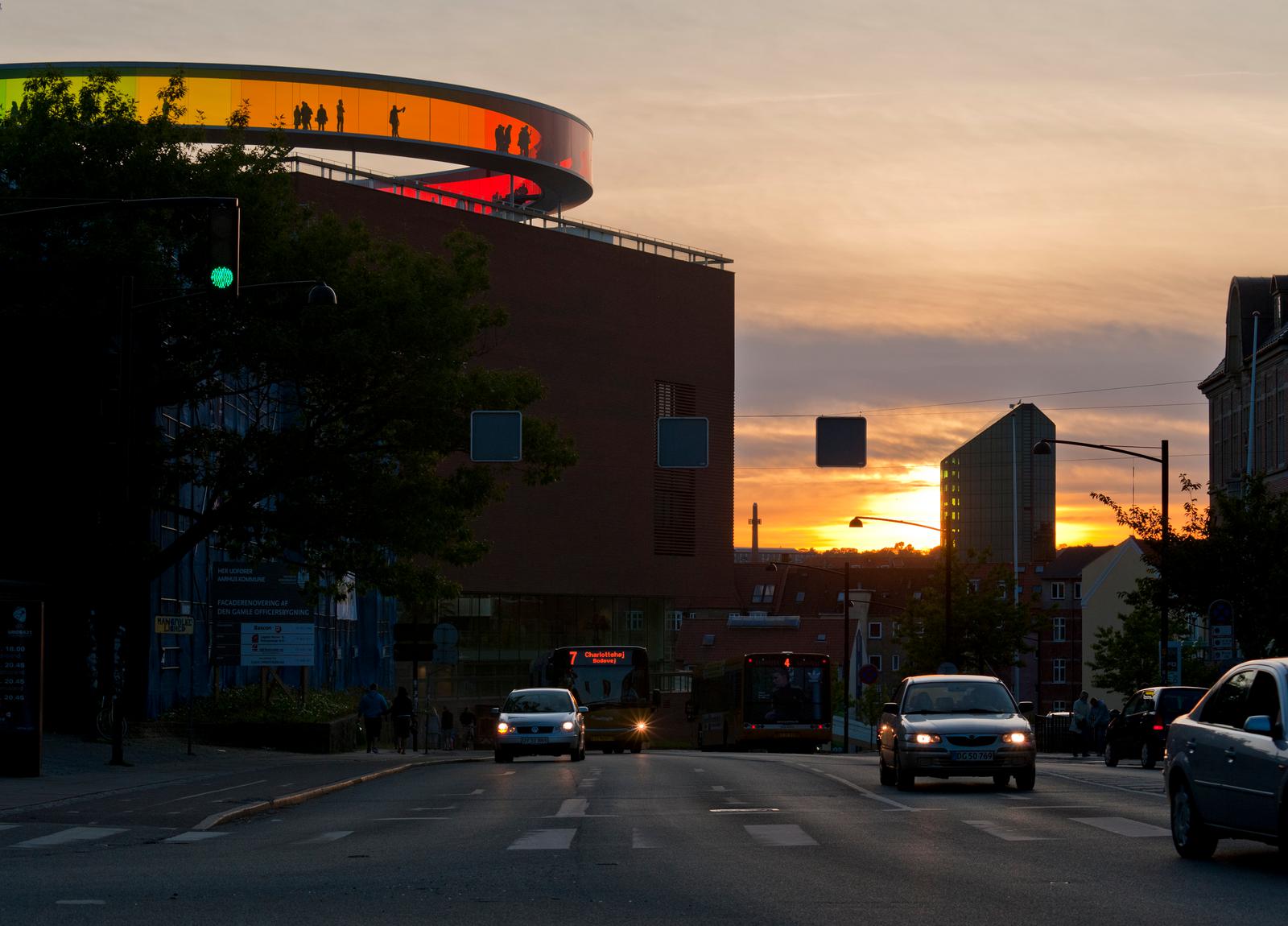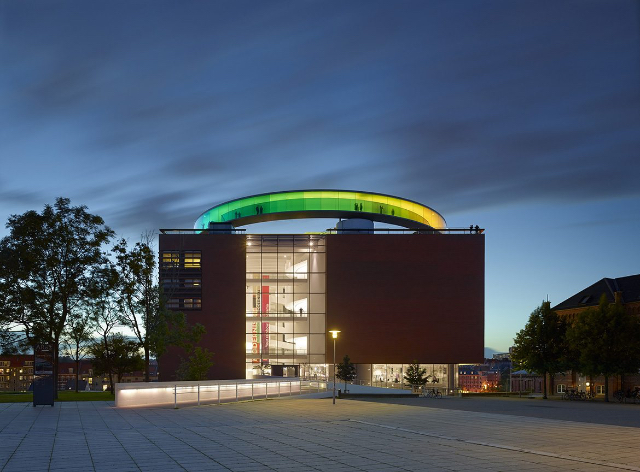Established in 2005, the MAEC is a museum that brings together the ancient 18th century collections of the Etruscan Academy such as the Etruscan chandelier, the Egyptian section, the historical library and the works of Gino Severini with the most recent archaeological finds that illustrate the history of Cortona. The MAEC museum is currently divided into two main sections dedicated respectively to the Etruscan Academy and to the Etruscan and Roman town of Cortona; in the first one are collected the testimonies of the life and the continuous activity of the most famous cultural institution of the town, starting from the first bequests arranged by the academics in the eighteenth and nineteenth centuries or from the purchases gradually made: Among the most valuable works of art, real "symbols" of Cortona’s culture, we should mention the Etruscan bronze chandelier, the so-called Musa Polimnia, the "Tabula Cortonensis", the grave goods of the Sodo circles, the collection of Etruscan and Roman ceramics and bronzes, the Corbelli collection of Egyptian materials; There is no lack of more recent evidence, such as the imposing collection of art objects and furnishings formerly held by the Tommasi Baldelli family, one of the most famous families in the town, or the series of works by the Cortona-born painter Gino Severini, one of the founders of futurism, given to Cortona by the Maestro himself.
